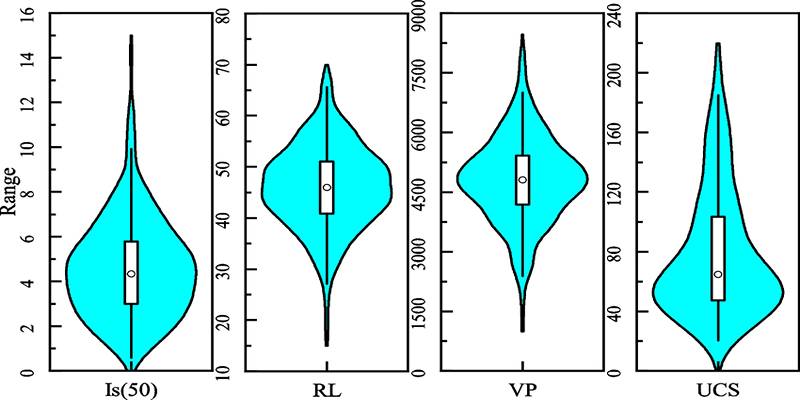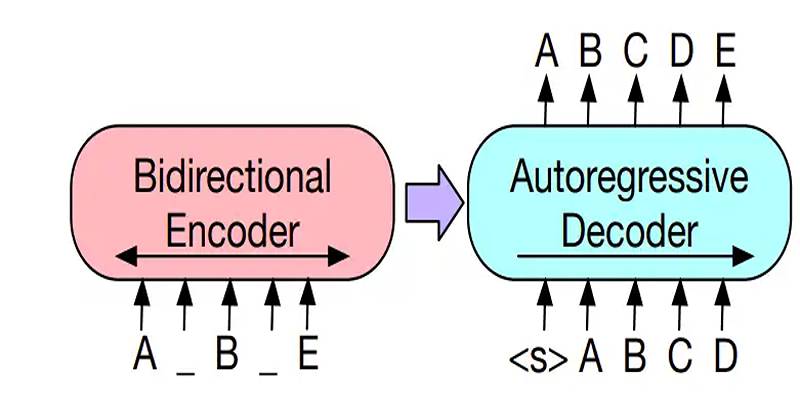As artificial intelligence evolves, so does the way it interacts with information, performs tasks, and solves problems. One of the most transformative concepts in modern AI system design is Agentic AI—a model of intelligence that moves beyond passive response generation to active, autonomous decision-making and action. Within this framework, the Tool Use Pattern emerges as a pivotal mechanism, redefining how language models operate by enabling them to utilize external tools for enhanced functionality.
This post will explore the Agentic AI Tool Use Pattern, its architecture, how it differs from traditional AI limitations, and how it’s being applied to create smarter, more autonomous AI agents capable of performing real-world tasks.
Understanding the Tool Use Pattern in Agentic AI
In Agentic AI, the Tool Use Pattern is a way of designing a system so that large language models (LLMs) can talk to outside tools, APIs, or software systems to do specific tasks that they can't do on their own. These tools could be web search engines, file readers, sentiment analysts, calculators, or anything else that makes the AI's output more useful.
Rather than relying solely on static, pre-trained data, agentic systems designed with this pattern can dynamically integrate real-time information, run operations, and return actionable results. This capability transforms the AI from a static text generator into an active agent capable of completing tasks, making decisions, and orchestrating complex workflows.
The Problem: Limitations of Traditional LLMs

Traditional LLMs are inherently limited by the static nature of their training data. Once trained, they cannot access or understand events or facts that occurred afterward. It makes them outdated quickly, especially in fast-moving domains like news, stock markets, or technology.
For instance, if you ask a conventional LLM about the latest economic indicators or trending AI tools in 2024, it may respond based on old information. Without access to real-time data or specialized tools, it cannot bridge the gap between past knowledge and present needs.
The Tool Use Pattern solves this by giving LLMs the ability to reach beyond themselves—to look things up, calculate values, retrieve documents, or assess sentiment—by interacting with external systems.
Core Idea Behind the Pattern: Modularity and Specialization
The core philosophy behind the Tool Use Pattern is modularization. Instead of expecting a single AI model to handle every task, different specialized tools are integrated into the system. Each tool performs a specific function:
- A fact-checking tool may verify claims against live databases or the internet.
- A math tool might handle calculations or code execution.
- A language translation tool could process multilingual queries.
- A sentiment analysis tool might evaluate the emotional tone of written content.
These tools work in tandem with the LLM, which serves as the decision-making engine. It understands the user’s query, identifies the need for a tool, delegates the task, and compiles the response—creating a collaborative, task-oriented AI agent.
How Does an LLM Identify the Need for a Tool?
In an agentic system using the Tool Use Pattern, the LLM goes through a decision-making process:
- Interpreting the Input: It first determines whether the user’s query can be answered using internal knowledge or requires external interaction.
- Selecting the Tool: Based on task type (calculation, retrieval, classification), it selects the appropriate tool.
- Preparing Input: It converts the input into a structured format suitable for the tool.
- Calling the Tool: The AI invokes the tool and waits for a result.
- Returning the Response: Once the result is received, the AI integrates it into a coherent response for the user.
It shows how the AI functions not only as a content generator but also as an intelligent task orchestrator.
Tool Use Pattern Architecture
A typical architecture of an Agentic AI system implementing the Tool Use Pattern includes:
- LLM Core: The central language model that understands prompts and decides how to respond.
- Tool Modules: External components designed for specific tasks (e.g., data retrieval, computation).
- Coordinator Layer: An interface that manages communication between the LLM and the tools.
- Workflow Engine: In some systems, a planning module orchestrates the order and logic in which tools are used.
This layered architecture ensures that tasks are executed efficiently, responses are accurate, and the system remains scalable as new tools are introduced.
Building from Scratch: The HackerBot Example
Beyond using prebuilt tools, AI developers can build tool-enabled agents from scratch. HackerBot is one such example. It fetches top stories from Hacker News in real time by integrating with the Hacker News API.
HackerBot demonstrates:
- Real-time data retrieval.
- Custom tool integration using public APIs.
- The ability to deliver curated, up-to-date content based on user queries.
It shows that the Tool Use Pattern isn’t just for large frameworks—it’s accessible for developers building bespoke agents tailored to specific tasks.
Why the Tool Use Pattern Matters

The significance of the Tool Use Pattern in Agentic AI goes far beyond technical innovation. Here’s why it’s a game-changer:
- Extending AI’s Capability: By integrating tools, the AI is no longer limited to its training. It becomes adaptive, capable of performing tasks like code execution, sentiment analysis, trend reporting, or even making API calls.
- Autonomy and Decision-Making: A truly agentic AI makes decisions independently. It knows which tool to pick, when to use it, and how to interpret the result—without human intervention.
- Modularity and Scalability: Tools can be added, updated, or removed without rewriting the whole system. This modularity allows developers to build AI agents that grow in capability over time.
- Learning from Tool Usage: Through feedback loops and performance monitoring, the AI can learn which tools work best for specific tasks, adapting its behavior for better outcomes.
Conclusion
The Agentic AI Tool Use Pattern marks a significant leap forward in how artificial intelligence systems operate. By empowering LLMs to connect with specialized external tools, this pattern breaks the barrier of static knowledge and enables real-time, intelligent action.
Whether it’s fetching live data, analyzing sentiment, or composing content with context-aware inputs, the Tool Use Pattern adds a layer of autonomy and adaptability that’s essential for modern AI. As AI continues to evolve, the ability to integrate and coordinate tools will be central to building systems that are not just reactive but genuinely agentic—capable of thinking, deciding, and doing.











